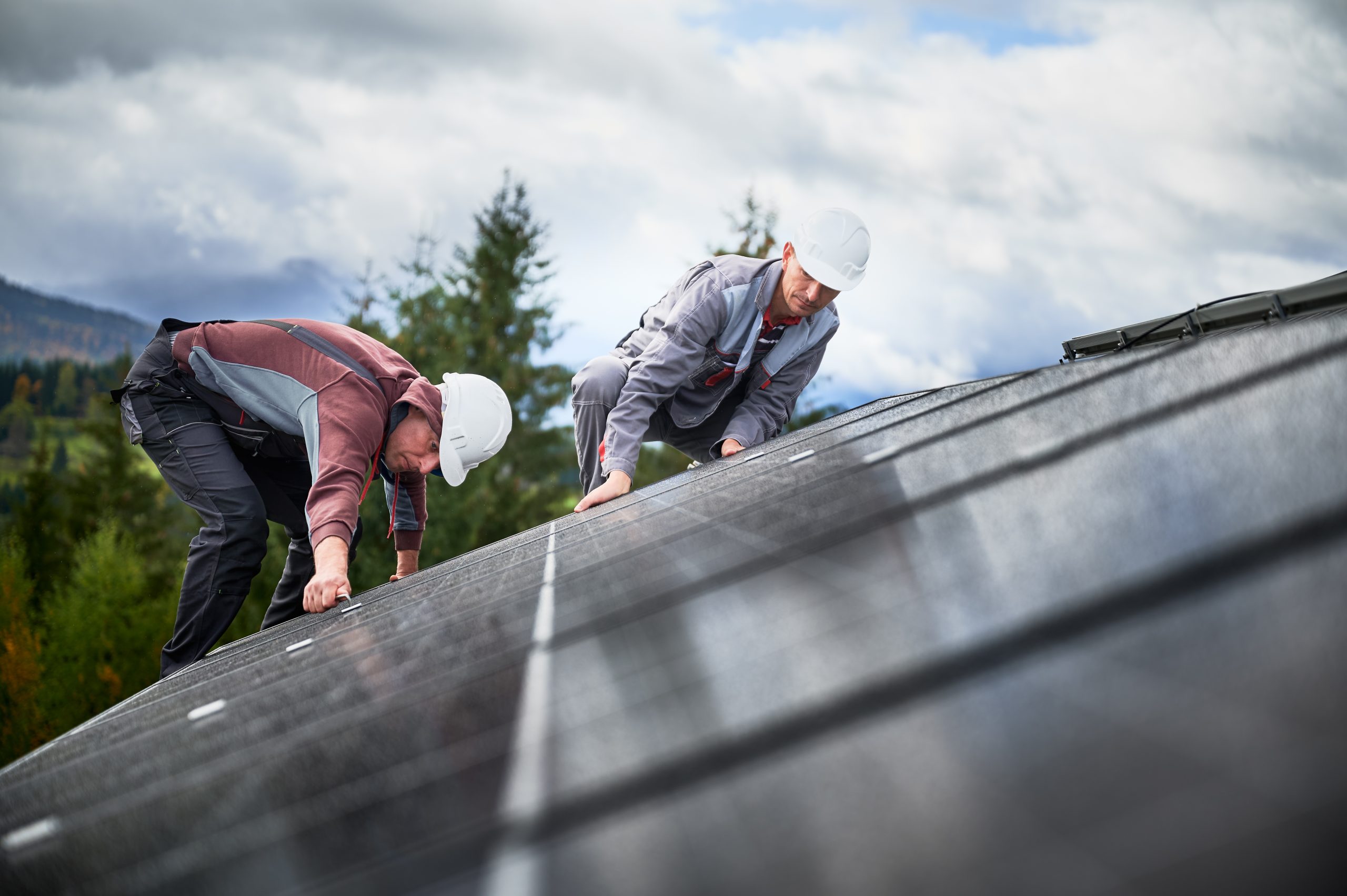A comprehensive guide to implementing solar power at home – Panasonic Canada
If you’ve decided to install solar panels on your house, you can look forward to lower energy bills and a more sustainable home. This article offers helpful starting points and considerations. When you’re ready to move forward, see how Panasonic can help you save money and ensure clean solar power for years to come.
As the world continues its march towards clean and sustainable energy, solar power has paved the way for householders to take practical steps towards reducing their environmental impact. Solar power harnesses the energy of the sun to generate electricity for your home, making home solar power systems a viable option for achieving energy independence. In this comprehensive guide, you will learn how you can implement solar power in your own home efficiently.
Understanding how solar power works
Solar energy utilises the intensity of sunlight to produce electricity. Solar panels are installed commonly on rooftops and are made of smaller units called photovoltaic cells (PV cells), which convert sunlight into electricity. Through a process known as the Photovoltaic Effect, PV cells generate a flow of electricity when they are exposed to sunlight.
Assessing your home’s solar potential
The first step in implementing solar power at home is to assess your photovoltaic potential. Not all homes have equal access to the sunlight required for optimal solar energy production. Factors like geographical location, landscape features, orientation of your house, tree shading and roof condition will determine your solar capability. You can seek help from professionals or use tools such as Google’s Project Sunroof for an estimate.
Choosing between on-grid and off-grid systems
Once you found out your home’s potential for solar power, now it is time to decide on a system that suits your needs best. Two popular options are grid-connected (on-grid) or stand-alone system (off-grid). An on-grid system works in harmony with the local electric utility grid; it allows your solar panels to feed direct current energy into an inverter which converts it into alternating current used in homes. The off-grid system is not connected to the electric utility grid and is often combined with a battery storage system.
Selecting solar panels
There are three major types of solar panels: monocrystalline, polycrystalline, and thin film. Each has its pros and cons regarding efficiency, aesthetics, pricing and space requirement. Monocrystalline panels have high-efficiency rates because they’re made out of higher quality silicon compared to polycrystalline panels. Thin film panels are less efficient than crystalline-based solar cells but they’re more lightweight and flexible.
Hiring professionals or DIY installation
Potential solar innovators should weigh up whether they would prefer a do-it-yourself approach or hire professionals. A DIY installation can save costs but requires fundamental knowledge about electrical work and local permits needed from health and safety authorities. If you choose professional installers, vet them carefully through previous customers reviews or through recommendations from friends and family who have had their own systems installed.
Maintenance and longevity of your system
Your investment does not end after installation of your solar panel system; ongoing maintenance is required to ensure optimal operational efficiency. Regularly monitoring your setup can highlight any dips in power output requiring immediate attention. It is good practice to clean your PV modules since dust can block sunlight thereby reducing efficiency over time.
Understanding payback time
Cost-saving does not begin instantly after installing a solar panel system in your house; instead, there is a certain period known as payback time in which you regain your initial investment cost through savings made from reduced electricity bills. It generally takes between 7-20 years depending on factors like system size, electricity consumption rate, feed-in tariff available in your area among others.
Conclusion
The future of renewable energy starts at home with simple steps towards sustainable living practices such as implementing solar power systems at home. Using this guide as a starting point will aid you in understanding all factors involved before making an informed decision about whether to go ahead with installing a PV system at home.
This article was written by Hugh Grant from TechBullion and was legally licensed through the DiveMarketplace by Industry Dive. Please direct all licensing questions to [email protected].
![]()


